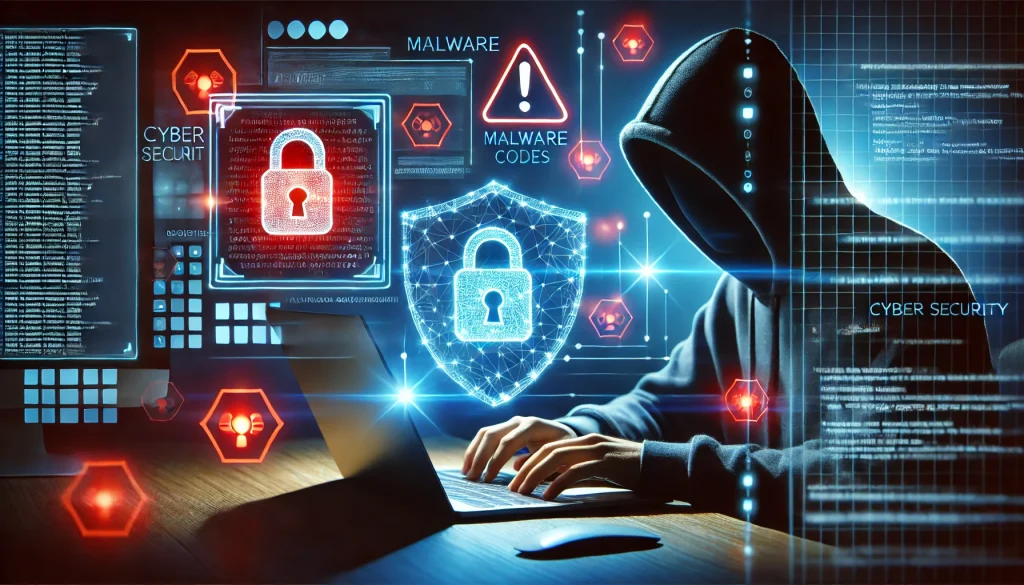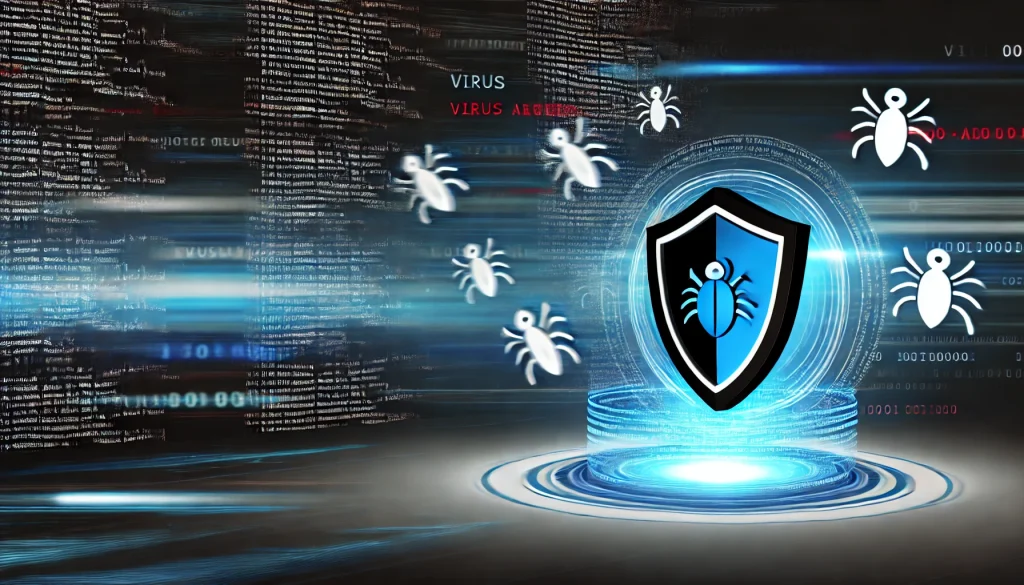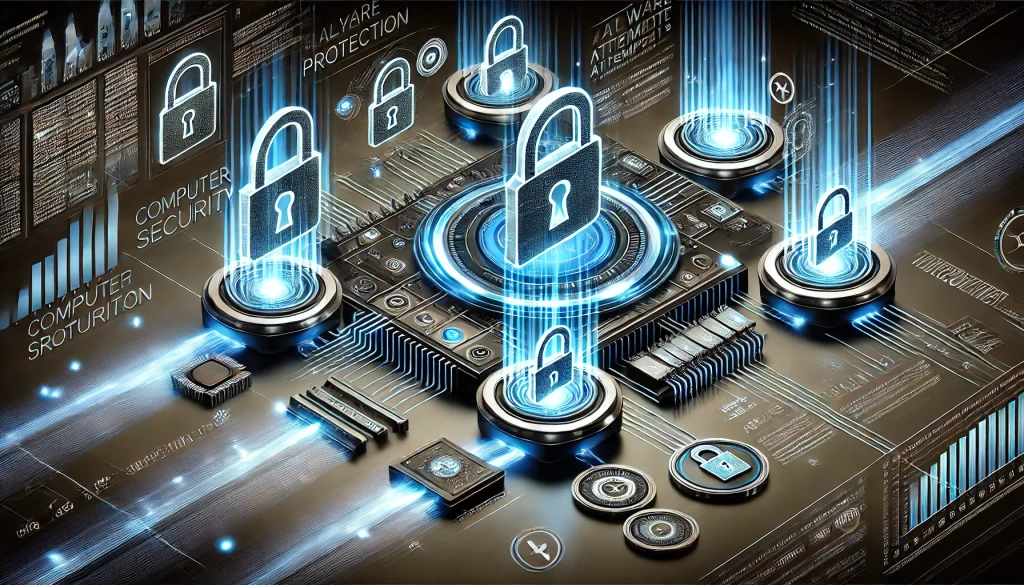
In today’s interconnected world, malware attacks represent one of the most dangerous threats in cybersecurity. Malware, short for malicious software, includes a variety of harmful programs like viruses, ransomware, and spyware that can infiltrate systems, steal sensitive information, or cause significant damage to networks. Whether you’re a business professional, casual internet user, or IT expert, learning how to avoid malware attacks is essential to keeping your data and systems secure.
Avoiding malware is not just about installing an antivirus program—although that’s a good start. It requires a comprehensive approach, combining both software solutions and smart behavioral practices. In this guide, we will walk you through the essential steps to protect yourself against these ever-evolving threats.
Materials or Tools Needed
Before you begin protecting yourself from malware attacks, ensure you have the following materials and tools ready:
- Reliable Antivirus Software: Choose a well-reviewed antivirus to detect and remove malware.
- Firewall: Enable the firewall on your router or operating system to block unauthorized access.
- Regular Software Updates: Keep all your software and operating systems up to date with the latest security patches.
- Malware Scanning Tools: Free or paid malware scanners to perform regular checks on your system.
Step-by-Step Instructions

Step 1: Install and Regularly Update Your Antivirus Software
The first line of defense against malware attacks is robust antivirus software. Install a trusted antivirus solution like Bitdefender, Norton, or McAfee on all your devices. Once installed, ensure you regularly update your antivirus database. Malware creators are constantly developing new threats, so keeping your software current ensures it recognizes the latest viruses, ransomware, and other threats.
Set your antivirus software to run periodic scans automatically. This helps detect and remove malware that might have slipped through your defenses. Make sure real-time protection is turned on so it monitors files as they are downloaded, opened, or transferred.
Step 2: Be Wary of Phishing Scams and Suspicious Links
Most malware attacks begin with a user clicking on a malicious link or downloading an infected attachment. Phishing scams are one of the most common ways hackers spread malware, typically posing as legitimate emails from trusted sources.
Avoid clicking on suspicious links, even if they appear to be from a trusted website or person. Check the URL for signs of spoofing, like extra characters or misspellings. Always verify the sender of emails before downloading attachments, especially if they are unexpected or unsolicited.
Step 3: Use Strong Passwords and Enable Two-Factor Authentication
Passwords are one of the most common weak points in cybersecurity. To prevent hackers from using malware to access your accounts, always use strong, unique passwords. These should be at least 12 characters long and include a mix of letters, numbers, and special characters. Avoid using the same password across multiple sites.
Additionally, enable two-factor authentication (2FA) wherever possible. This adds an extra layer of protection by requiring a second form of verification (like a text message code) before accessing sensitive accounts, reducing the chances of unauthorized access even if your password is compromised.
Step 4: Keep Your Software and Operating Systems Updated
Cybercriminals often exploit vulnerabilities in outdated software. One of the most effective ways to avoid malware attacks is to ensure that your operating system, browser, and all applications are regularly updated with the latest security patches.
Most companies, like Microsoft and Apple, release updates specifically to close security loopholes. Set your software to automatically update, so you don’t miss any critical patches. This practice significantly reduces your vulnerability to ransomware and other forms of malware that rely on unpatched systems to gain access.
Step 5: Backup Your Data Regularly
Even with all precautions, there’s no way to guarantee 100% protection against malware attacks. This makes regular data backups essential. Back up important files to an external drive or a secure cloud service. In the event of an attack—especially from ransomware, which locks your files until you pay a ransom—having an uninfected backup ensures you can restore your data without giving in to the hacker’s demands.
Schedule automatic backups at regular intervals to minimize the risk of losing your most important data. Cloud services like Google Drive, OneDrive, and Dropbox provide automatic backups for personal files.
Do’s and Don’ts

Do’s
- Do use a firewall: A firewall blocks unauthorized traffic and prevents malware from infiltrating your network. Both your computer and router should have active firewalls.
- Do scan external devices: USB drives or external hard drives can carry malware. Always scan them with antivirus software before accessing files.
- Do browse securely: Use secure websites (those starting with “https”) and avoid downloading software from unknown or unreliable sources.
Don’ts
- Don’t disable security features: Features like firewalls, automatic updates, and real-time protection are there for a reason. Disabling them increases your risk of malware infection.
- Don’t click on pop-up ads or unsolicited downloads: Many malware infections occur through pop-up ads or free software downloads. If something seems too good to be true, it probably is.
- Don’t ignore browser warnings: If your browser flags a site as insecure or warns of possible malware, leave immediately and avoid downloading anything from that page.
Conclusion
By taking proactive steps, such as installing antivirus software, using strong passwords, avoiding suspicious links, and regularly backing up your data, you can greatly reduce the risk of malware attacks. Remember, malware evolves constantly, so maintaining your defenses requires ongoing attention. By following these best practices, you’ll keep your systems and personal information secure, ensuring peace of mind in an increasingly digital world.
FAQs
How often should I run an antivirus scan to prevent malware?
- It’s recommended to run an antivirus scan at least once a week. For high-risk environments, daily scans may be necessary.
Can I rely solely on antivirus software for protection?
- No, while antivirus software is a key tool, you should also practice safe browsing, keep software updated, and use strong passwords.
What are the signs of a malware attack?
- Signs include slow performance, frequent crashes, pop-ups, and unexpected changes to system settings or files.
Resources
- BYOS. How to Prevent Malware Attacks
- Fortinet. Malware Overview
- NordLayer. NordLayer Guide
- UCSC IT Security. Antivirus Protection
- Cisco. Cisco Malware Protection
